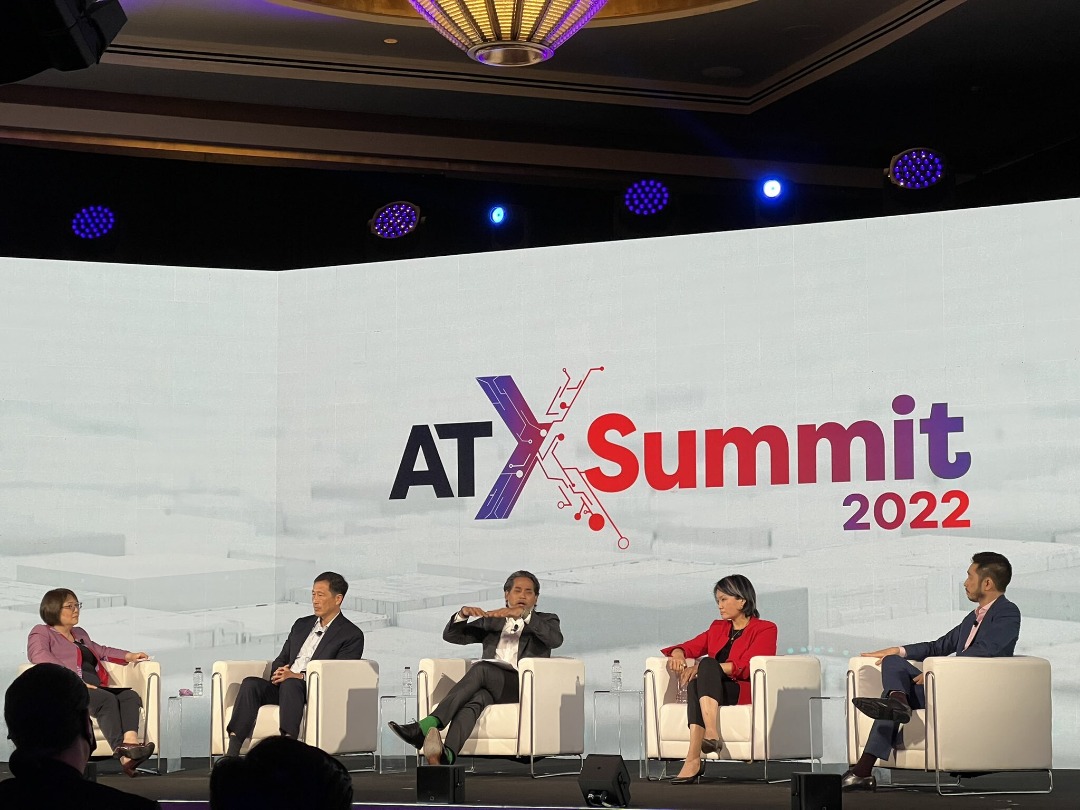KUALA LUMPUR, June 1 – The Health Ministry (MOH) appears to be gunning for Malaysians to keep personal lifetime health records on MySejahtera from birth, beginning with childhood immunisations and subsequent health status through life with screenings for chronic conditions.
Health Minister Khairy Jamaluddin shared plans at a Singaporean event to scale up use of the contentious national mobile app beyond Covid-19, which includes the transfer of immunisation records for children and the use of anonymised MySejahtera user data and health records by third-party entities.
“What we thought of doing was to make sure that there are things that are already in place that can easily be digitalised. For instance, childhood vaccination records.
“We have the digital vaccination certificate, both in MySejahtera as well as the Singapore app – both of us (Khairy and Singapore Health Minister Ong Ye Kung) had a very easy time because they’re both (MySejahtera and Singapore’s TraceTogether) blockchain enabled, so we recognised that very quickly.
“So, why don’t we move all the childhood immunisation records onto the app – easy – so you’ll capture a whole new generation,” Khairy said during a panel discussion on “Rethinking Healthcare Within A Digital Landscape” at the ATxSG Summit 2022 in Singapore yesterday.
The health minister recently told the 75th World Health Assembly in Geneva, Switzerland, that some 30 million people in Malaysia have downloaded MySejahtera, as he envisioned “light” portable electronic health records on the app that could be taken to various physicians and to book medical check-ups for non-communicable disease.
However, Khairy has yet to announce if the government has signed a contract with MySJ Sdn Bhd – a new company that was directly appointed by the Cabinet for the MySejahtera project, amid uncertainty over ownership of personal data on MySejahtera and the app itself.
Khairy also spoke in Singapore about the need to have government builds, such as the MySejahtera app, to be “plug and play” with other digital systems, equipment, programmes, and devices.
“I think there’s a big danger that the government builds a huge digital architecture and it’s just not friendly to anyone else. So, what you need to do is to build an architecture, which is API-based (application programming interface) essentially, to ensure that the data — anonymised, of course — is easily analysed by third party to ensure that people who build solutions on top of you can plug in to your big architecture,” Khairy said.
Plans for a “health care sandbox” are also underway to encourage developers to offer and test their solutions — ensuring their safety and effectiveness — before they can be scaled up, Khairy said.
“We have to be clear what the rules of the games are and make sure that everyone understands.
“So, of course, I think we are quite a way away from allowing surgery with a robotic arm. But with 5G and the low latency, it’s actually not that far away.
“Start with, for instance, utilising the operating theatre as a means to teach at teaching hospitals, and then slowly replace that with remote surgical instruction.
“So, if you create a safe sandbox, a regulatory framework in which people understand, ‘Okay, this is what is allowed, and this is how far we can push the technology,’ I think that’s clear for providers to come,” Khairy said.
Commenting further on the use of anonymised data, Khairy cited the sharing of MOH’s Covid linelist data — detailing all cases, their vaccination status, and clinical symptoms, among others – on the GitHub repository with individual identities concealed.
“Governments, especially ministries of health, sit on mountains of data and sometimes, this data is just sitting there and not being utilised,” Khairy said.
“So, what I’ve done now, with this experiment of the CovidNow website, everything on GitHub, I’ve asked my guys at MOH in Malaysia to go into our data warehouse and take the mountains of data, clean it up, and push it onto GitHub.
“Once you do that, then the use of cases for people in the private sector, coming to you with solutions based on the artificial intelligence (AI) and algorithms that they run on your population data, which is anonymised, can be tremendous — solutions will be there,” Khairy said.








